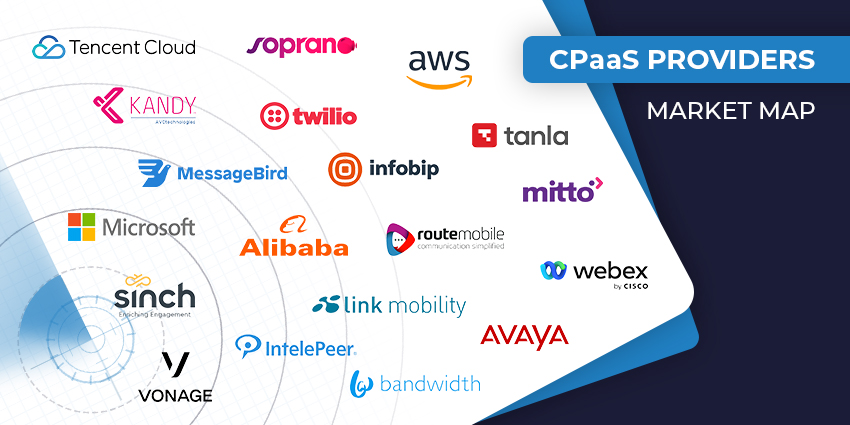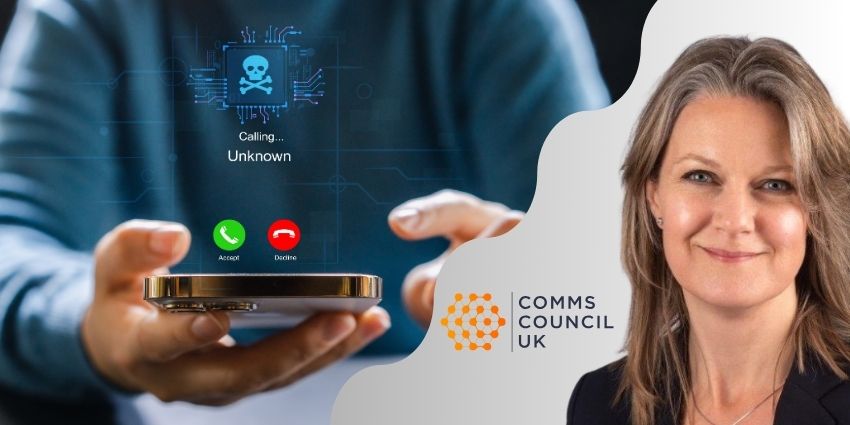One of the biggest barriers to Communications Platform as a Service (CPaaS) adoption is actually a misconception: the notion that CPaaS is just for Fortune 1000 companies who have complex communications needs and a large IT staff to manage it all. The reality is that many smaller enterprises can unlock powerful communications capabilities with CPaaS. Here are four easy tips to get the most out of CPaaS, regardless of your company size or industry.
1 – It’s easy: Access the power of CPaaS without having to be an API developer
While APIs (Application Programming Interfaces) have enabled many organisations and developers to embed and integrate communications capabilities (e.g. think click-to-call features) into their own applications, that is not the only option. The essence of CPaaS is ultimately about democratising access to communications capabilities, so look for pre-built web interfaces and tools that allow you flexible access to powerful communications capabilities without having to necessarily write code.
2 – It’s a numbers game: Understand that not all numbers are created equal

It all starts with a number, and choices abound depending on your needs. It may sound simple, but you have choices when it comes to a phone number – which also serves as the starting point for CPaaS, from traditional land lines to mobile numbers, to toll-free numbers or perhaps a vanity number to represent your brand.
You also need to change your perspective on numbers. Thinking of phone numbers in the old way – as something you would get assigned and use indefinitely – is just that: the old way of doing business. Today, whether you are porting an existing number or provisioning a new one, both can be done via portals where you can use numbers for as long as you need them, whether it’s for a few days or for years. This allows you to manage seasonal staffing needs or to utilise phone numbers for certain sales or marketing initiatives. Having this access means that you can personalise communications with your customers by utilising local numbers. You can also integrate your touchpoints by using the same number for messaging.
3 – It’s personal: Go beyond the basic to give customers additional services
One of the biggest benefits of CPaaS is the ability to integrate different services into your communications mix to further enhance and customise the customer experience. From more standard services such as caller ID, conference numbers and Enhanced 911 all the way to message-enabled numbers and adding cloud applications for messaging or enterprise-class phone systems (PBX), there are a lot of opportunities to elevate the communications capabilities for employees and customers alike.
Analytics are also key to knowing whether you’re delivering the desired experience. With IP-based voice and messaging, you can mine the robust data records via analytics to get more insights on your customer engagement strategy. Volume and traffic information, delivered via reports and alerts, can help you proactively identify trends to improve business processes and customer service. For example, if you are a contact centre that measures key performance metrics for productivity (number of calls per rep) or responsiveness (hold times) or engagement (average call duration), having real-time access to these statistics can give you the competitive edge in your business.
4 – It’s omni-channel: Be where your customers are, using the channel(s) they prefer
Once your voice systems are up and running, think about taking a more robust, omni-channel approach to your communications. For example, messaging-enabling business numbers expands the utility of the number, allowing any phone number to send and receive domestic and international SMS or MMS. This can be a competitive advantage in this day and age of real-time customer service, allowing you to easily manage communications with your customers on their terms with a higher quality and level of engagement. For instance, if a customer chooses to respond to your voice call or message with a texting response late at night, you can utilise preset auto responses to confirm receipt and provide quick responses based on key word triggers. These messages can also easily be added to a queue for your customer service team to follow up on during normal business hours. The full capture of the interaction across both the voice and messaging channels enhances the 360 degree customer view that is core to the CRM strategy and workflow most enterprises desire.
All of the tips above can benefit many enterprises and are excellent ways to take advantage of the exciting innovations and capabilities that CPaaS platforms enable today. With CPaaS, you can do all of these things and more – from provisioning and managing phone numbers to adding new communication channels like business texting, to provisioning and managing SIP Trunks (for enterprise IP connectivity) to ultimately enhancing your business, customer service and marketing strategies – without a large API development team. Best of all, CPaaS also gives you the ability to easily scale up or scale down your communications needs as your enterprise and business needs grow.
Guest Blog by Joe White, Chief Technology Officer, Brightlink
Founded in 2009, Brightlink is a leading communications platform and technology company that delivers voice, messaging, analytics and cloud-based solutions. Our industry-leading CPaaS platform, technology solutions and network services are used by companies ranging from small to mid-sized businesses to the largest enterprises and communication service providers around the globe. We power more than 35B communication interactions each year with industry-leading quality of service, 24×7 support, and a next-generation IP network that has the highest levels of performance, reliability, scalability and security.







